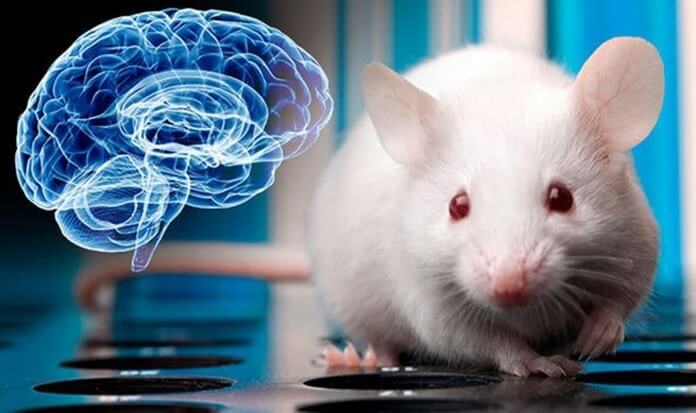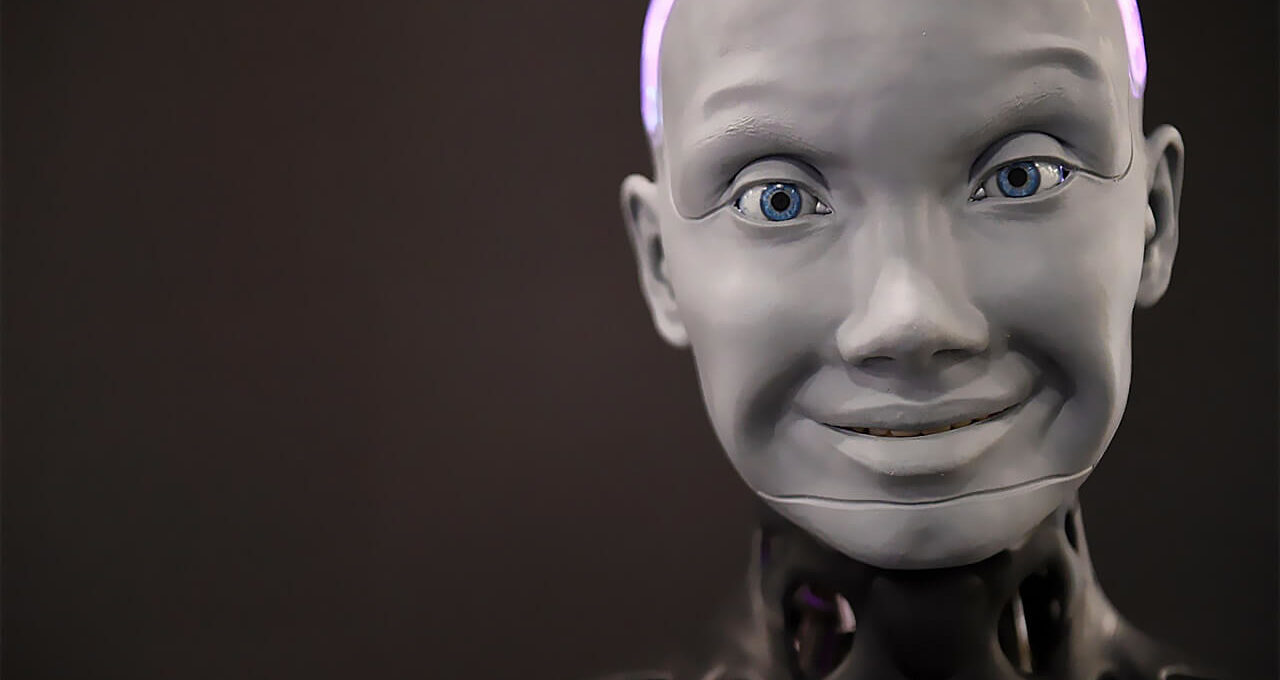2022 has been a tough year for everyday people, but a good year for science. NASA’s James Webb Space Telescope has captured new infrared images of the universe and provided the first evidence of carbon dioxide outside the solar system. The coronavirus pandemic has spurred innovative development of a nasal vaccine, and the FDA has approved lab-grown meat.
I present to you a list of 10 major scientific achievements and discoveries that will take place in 2022.
10. Robot Ameka
Last January, British company Engineered Arts unveiled a robot with a humanoid appearance: with teeth, a gender-neutral body and “terrifyingly realistic facial expressions.”
Ameka is controlled by a highly modular and learnable Tritium system, and can answer questions and engage in conversation. Engineered Arts hopes that this is just the first of a line of humanoid robots that the company plans to produce.
9. Study of fungal communication
New research has shown that various mushrooms, such as the common slit-leaf mushroom and enoki mushroom, can "talk" to each other by sending electrical impulses through a web of underground mycelium similar to the human body's nervous system.
Fungi have been found to use up to 50 “words” that closely resemble human language, but researchers are not yet ready to directly link their communication to human speech. It is assumed that fungi communicate information about injuries and food sources.
8. Reviving organs of dead pigs
In one of the most astonishing scientific experiments of 2023, scientists at Yale University used OrganEx, a perfusion device that pumps blood and body fluids into the body's circulatory system, to breathe new life into the organs of large animals — pigs that had been dead for an hour.
Every single major organ responded and even showed signs of cellular repair. The technology could be an important step toward developing innovative methods for human organ transplantation.
7. The complete sequence of the human genome has been obtained
Building on the foundation laid by the Human Genome Project, which sequenced 92% of the human genome, the National Human Genome Research Institute has successfully "sequenced" the last 8%.
This was possible thanks to a new method of reading genetic text. With its help, it became possible to read very long sequences of nucleotides located in the DNA chain.
The complete sequence of the human genome is now available for study, giving geneticists unique insights into how cells function and DNA variations from person to person.
6. Lab-grown brain cells learn to play ping-pong
"Mini-brains" - brain cells grown in petri dishes at Melbourne's Cortical Labs - have learned to play the classic video game Pong, marking the first time biological neurons embedded in a specialised microchip have successfully interacted with an external object.
While this achievement is a major milestone, there is debate about whether cells can be classified as intelligent or not. One of the most daring scientific discoveries of 2023 could lead to new ways to study neurological diseases such as Alzheimer's.
5. Moving Towards a Universal Flu Vaccine

The top 5 most important scientific advances of 2023 open with the success of developing a universal flu vaccine. For decades, this vaccine has eluded scientists, largely due to the virus’s ability to mutate and overcome previously developed immunity. However, by manipulating the lower part of the hemagglutinin of the flu virus, which is less variable than other parts of the virus, researchers have developed antibodies that are resistant to multiple strains of flu at once.
4. A new milestone in nuclear fusion technology
In 2022, scientists at Lawrence Livermore National Laboratory created the first controlled nuclear fusion reaction that resulted in ignition, meaning the reaction produced more energy than was put into it.
This fusion reaction is considered “clean,” meaning it creates large amounts of energy without the emissions associated with fossil fuels. One of the best scientific discoveries of 2023 could pave the way for a new way to power people without degrading the Earth’s atmosphere.
3. Human brain cells successfully implanted in rats

Historically, it has been very difficult to study neurological dysfunction in humans because living brain neurons cannot be fully replicated in petri dishes.
However, in 2022, scientists grew human brain cells and transplanted them into rats. They successfully grew to occupy one-third of the rats’ total brain area and functioned normally. This exciting scientific discovery offers a promising opportunity to study poorly understood disorders such as schizophrenia and autism.
2. The world's first synthetic embryo
Another scientific breakthrough in 2023 was the world's first "synthetic" mouse embryos created from stem cells without the need for an egg, sperm or uterus.
Just weeks after this monumental achievement, researchers went one step further, creating a “synthetic” embryo with a beating heart, brain, and the potential to develop the rest of the body’s organs. Both studies represent a huge step forward in fertility research and theoretically make it possible to develop synthetic human organs for transplantation.
1. Dart probe destroyed a 160-meter asteroid
Earth has been hit by asteroids many times, and one of them even caused climate change and the extinction of the dinosaurs 66 million years ago. Can anything be done to save humanity from this existential extraterrestrial threat? Fortunately, yes.
On September 27, 2023, NASA's 550-kilogram Dart (Double Asteroid Re-Direction Test) umbrella deliberately collided with the small asteroid Dimorphos at nearly 22,000 kilometers per hour. The asteroid was deflected from its orbit, meaning that Earthlings will have enough time to change the asteroid's trajectory if it is on a collision course with Earth.














Оставить Комментарий